
 Data Structure
Data Structure Networking
Networking RDBMS
RDBMS Operating System
Operating System Java
Java MS Excel
MS Excel iOS
iOS HTML
HTML CSS
CSS Android
Android Python
Python C Programming
C Programming C++
C++ C#
C# MongoDB
MongoDB MySQL
MySQL Javascript
Javascript PHP
PHPPhysics
Chemistry
Biology
Mathematics
English
Economics
Psychology
Social Studies
Fashion Studies
Legal Studies
- Selected Reading
- UPSC IAS Exams Notes
- Developer's Best Practices
- Questions and Answers
- Effective Resume Writing
- HR Interview Questions
- Computer Glossary
- Who is Who
Types of Collar
Collars are a type of neckline finish that either closely or distantly circles the neck. They vary in a variety of shapes, sizes, lengths, and designs, but they should always complement the garment’s design rather than being added as an afterthought. Because collars are so visible because they are worn so closely to the face, one should make sure that the collar is not only attractive to the wearer but also well-made.
Adding collars to the necklines of garments is a fantastic method to make your own clothing more distinctive; this might be as easy as drafting a different collar for an existing sewing design or changing an existing collar pattern to be more distinctive.
Classification and Types
There are only two methods to categorise collars, and within these two categories there are three different sorts of collars and a wide variety of collar styles, which we’ll discuss below
Convertible Collar
A convertible collar is one that responds to the shape of the neckline rather than following it. Take a look at the collar of a shirt that you already own. It should be attached. A stand and a collar together make up a shirt collar.
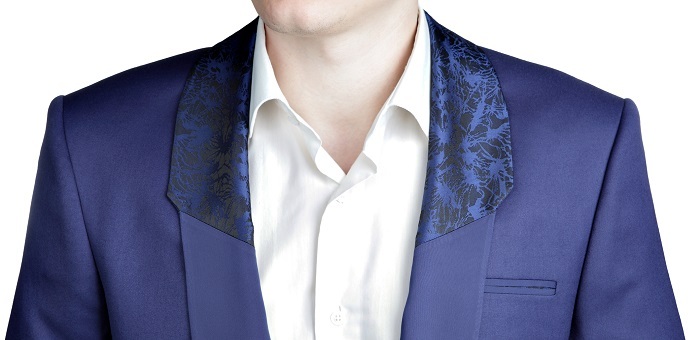
The fabric of the collar is forced to conform to the stitched line when we sew the curved edge of the shirt collar to the slightly straighter stand edge. As a result, the collar sits in a particular position. You’ve probably noticed that your shirt collars don’t lay flat when you try to iron them. They are interchangeable collars, which explains this.
Non-Convertible collar
Non-convertible collars are the polar opposite of convertible collars. These collars use the front and rear necklines of the bodice pattern components to create a flat design that mimics the contour of the neckline. A non-convertible collar will remain in the same position even after being unfastened. The Peter Pan collar is a nice illustration of a non-convertible collar.
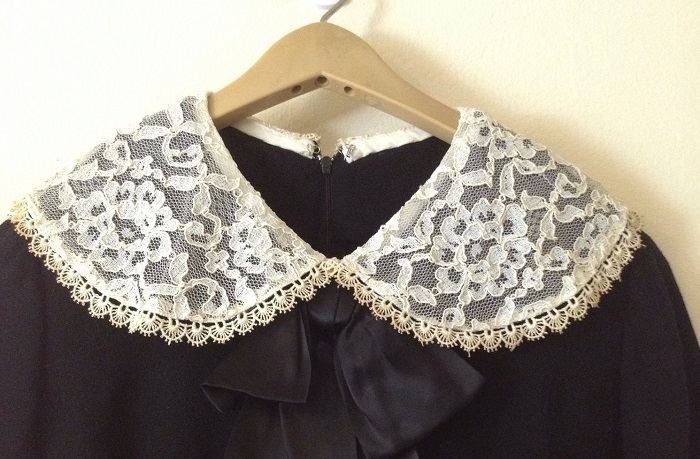
Consisting of a collar and a stand. We force the collar to sit in a certain manner by stitching the curved collar edge to the slightly straighter stand edge. Therefore, convertible collars are collars that are shaped to “not conform” to the shape of the neckline. Their forced conformity to the neckline’s shape is part of their intended design.
Different Types of Collars
When making apparel, there are only three distinct collar types that are available. Each of the three sorts of collars can be found in any collar you see.
Flat Collar (non-convertible)
A flat collar is a non-convertible collar that rests flat on the garment for which it was designed. A sailors’ collar and a ruffle collar are two other flat collar styles, with a Peter Pan collar serving as the best illustration of a flat collar.
Stand Collar (Convertible)
A collar that “stands up” against the neck is known as a stand collar. Stand collars that remain in place include funnel-neck collars, Nehru collars, and Mandarin collars.
A roll-collar (both)
The roll collar is a type of collar that falls away from the neck by rolling over. A shirt collar, which is made up of a stand and a collar, is the most noticeable. The shawl collar is another illustration.
Few Common Styles of Collar
Major common styles collars are
Mandarin Collar
A Chinese collar is another common name for a Mandarin collar. With a conventional mandarin collar, the collar normally meets at the centre front only, hardly ever overlapping, and is formed very similarly to the stand you see on a shirt collar.
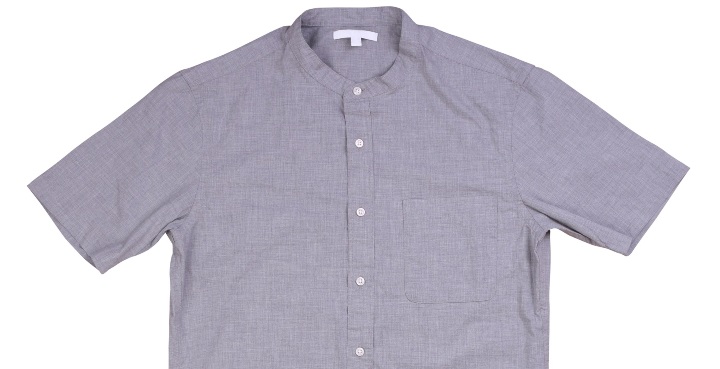
Shawl Collar
Dresses, robes, and coats frequently have shawl collars. It is a convertible collar style that forms a fold line by folding over. Shawl collars can range in width from thin and delicate to broad and dramatic.
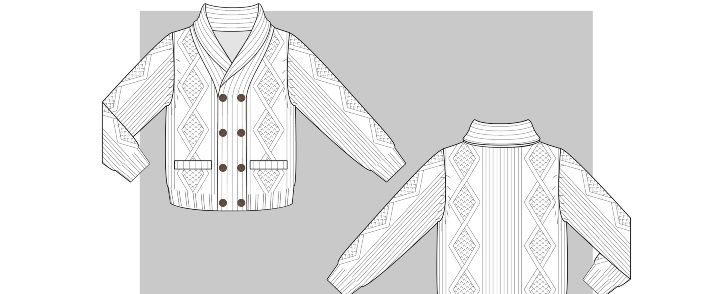
Shirt Collar
The most typical and easily recognisable collar design for a long time, it was the type of collar that was connected to shirts, but gradually, as fashion changed over time, shirts now have more relaxed collars, like band collars, which contribute to the more casual feel of shirts.
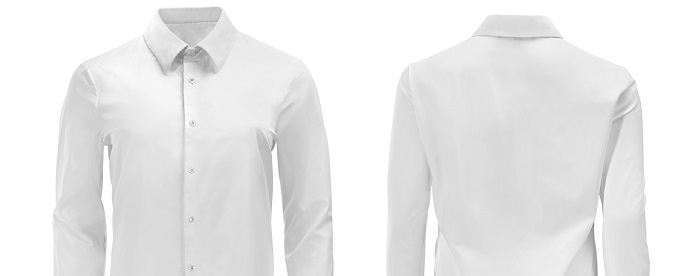
Ruffle Collar
When done nicely, ruffled collars are gorgeous! A ruffle collar would be considered a convertible stand collar if it were attached to a stand and had a smaller, upward-pointing ruffle instead of being attached directly to the neckline and resting against the garment.
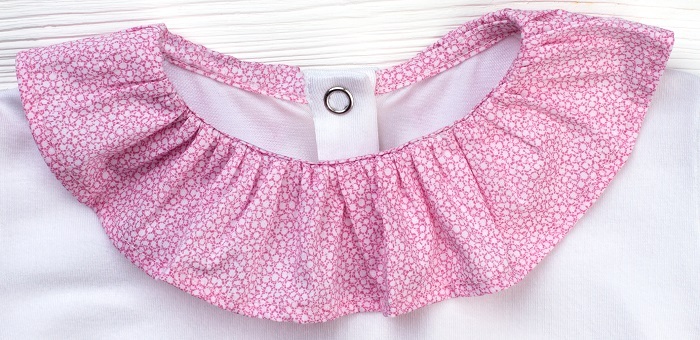
Turtleneck Collar
Simple turtleneck collars, often known as polo necks in the UK, are typically featured on more laid-back outfits. They are typically included in jersey tops throughout the winter to keep necks warm, and they are self-facing in that they are cut on the fold rather than in two parts before being affixed to the neckline.
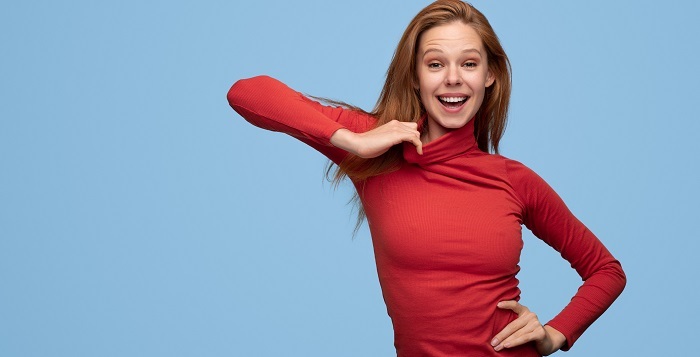
Nehru Collar
Because they are upright collars and meet in the front, Nehru collars are frequently mistaken for Mandarin collars. However, Nehru collars are smaller and are worn with traditional Indian attire.

Band Collar
Clothing items like sleeveless summer tops and what have come to be known as “granddad shirts” now feature the band collar. They are often quite small, measuring less than an inch wide. They can either enclose a center-front placket opening or overlap with a little button opening at the centre front.
Sailor Collar
The word “sailor collar” comes from the traditional clothing worn by sailors. The front neckline of the collar is deep V-shaped and is square on the back. Sailor collars are common on children’s clothing in addition to appearing on sailor uniforms.
Peter Pan Collar
It is quite simple to create a pattern for and sew because the collar is flat and not changeable. The front and back necklines are followed to produce the Peter Pan collar, which lies on top of the garment. It doesn’t “fall away” from the neck either because it lacks a stand.
Funnel Neck
Funnel-neck collars look great when made from a short-height structural fabric. The funnel neck will fall down and create a lovely folded, draped effect when made tall in a lighter weight fabric.
Conclusion
In conclusion, the addition of a collar to a neckline improves its attractiveness. Collars are constructed from two layers of fabric. Finishing the neckline’s rough edges also helps. Since collars serve as a backdrop to the face, the wearer should be appropriate for them. When picking a collar style to draught and sew, one should take into account the garment you are making, the fabric designers plan to use, and the body type of the person who will be wearing the garment as a backdrop to their face. The style should be appropriate for them. When picking a collar style to draught and sew, one should take into account the garment you are making, the fabric designers plan to use, and the body type of the person who will be wearing the garment. Due to the collar’s prominence as a feature of a garment, one should also take its structure into account. It should be kept in mind that not everyone looks good in every neckline and collar style.

